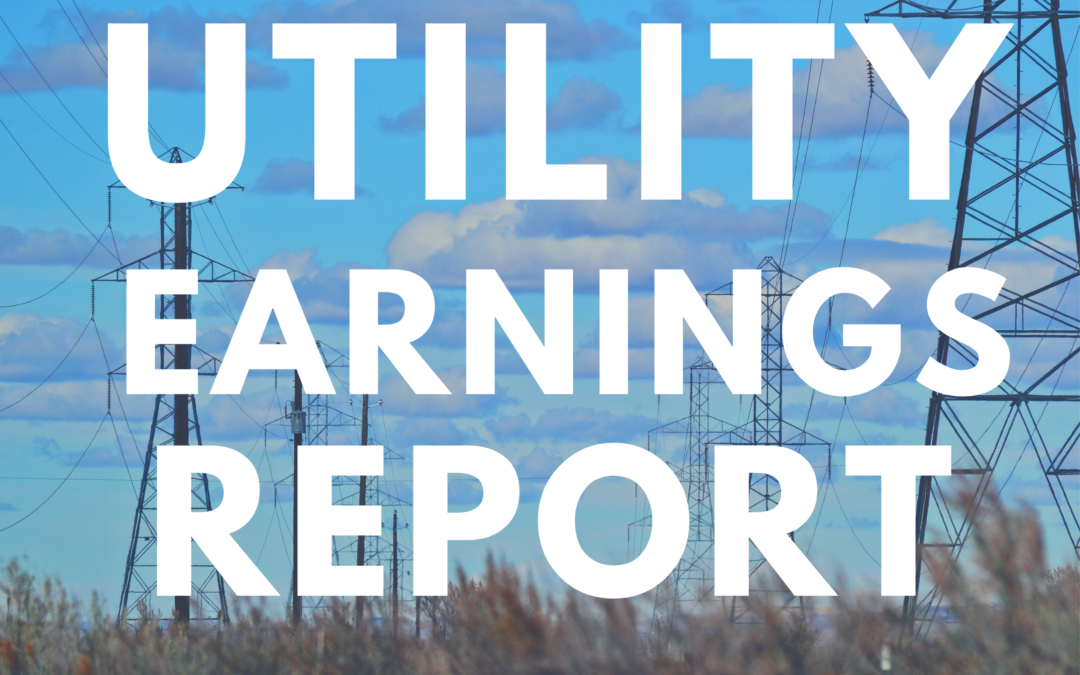The company credited the $135 million year-over-year revenue increases to increases in base transmission and distribution rates, increases in customer consumption and increases in customer growth.
________________________________________________
Oncor Electric Delivery Company reported net income of $905 million for the twelve months ending December 31, as compared to $771 million for the same period during the previous year. The company credited the $135 million year-over-year revenue jump to increases in base transmission and distribution rates, increases in customer consumption and increases in customer growth.
Those financial results and others were included in the company’s February 28 report to financial analysts. In it, Oncor outlined both 12-month and quarterly income data. We have summarized the information just below. Headquartered in Dallas, Oncor operates the state’s largest distribution and transmission system.
 Financial Details
Financial Details
Oncor reported that its fourth quarter 2022 net income decreased to $164 million, down from $175 million in the fourth quarter of 2021. Driving the quarter-over-quarter decrease were increases in costs associated with additional investment, the timing of an annual energy efficiency program performance bonus, and higher operation and maintenance expenses.
Oncor’s total distribution base revenues in the three months ending December 31, as compared to the same three-month period during the previous year, increased 9.9 percent, or 2.6 percent on a weather-normalized basis. For the 12 months ending December 31, Oncor’s total distribution base revenues increased 10.4 percent (or 4.7 percent on a weather-normalized basis) as compared to the prior 12-month period for the previous year.
Regulatory Update
The company also provided an update of the Oncor’s ongoing base rate review proceeding at the Public Utility Commission. It noted that its application includes a request for a 4.5 percent annual revenue increase, and, if approved as requested, would result in an aggregate annualized revenue increase of approximately $251 million.
The company noted that a Proposal For Decision was issued on December 28 in which the administrative law judges recommended a $397 million reduction to Oncor’s requested revenue requirement. If approved as recommended, the PFD would result in a $146 million reduction to the utility’s adjusted annualized revenue. However, the company noted that PUC staff had identified an error in a number run associated with the Proposal For Decision, and the administrative law judge agreed that a correction and others should be applied to the case. Oncor calculated the errors accounts for approximately $51 million of the revenue decrease proposed by the administrant law judge.
The PUCT is expected to discuss the case on March 9, and that a final order is expected around the end of the first quarter of 2023. “Oncor cannot predict whether or to what extent its requests in the base rate review will be approved or what the ultimate impact of the proceeding will be on its results of operations, financial condition, liquidity, or cash flows,” the company said in its Feb. 28 communication to investors.
The company likewise noted that on February 13 it requested an extension of an April 8 filing deadline for a proposed interim rate adjustment through the Distribution Cost Recovery Factor mechanism. The company cited the timing of its pending base rate review for the requested extension until at least May 31.
Oncor Service Territory Growth
Oncor reported new company records for both new and active transmission point-of-interconnection requests, noting that it connected 64,000 new premises to the ERCOT grid in 2022, as compared to 70,000 in 2021. Additionally the company reported it placed approximately $1.1 billion of transmission projects into service in 2022.
“The continued growth across Oncor’s service territory required the construction or upgrading of approximately 340 miles of transmission lines and included 48 major substation projects and 27 major switching station projects being placed into service in 2022,” the company reported. It likewise connected more than 2,000 megawatts of renewable power to the grid in 2022, and 900 megawatts reached commercial operation.
As of December 31, Oncor had approximately 610 active generation and retail transmission grid interconnection requests in queue, which it said represents a 53 percent increase as compared to active generation and retail transmission in queue during the same period the previous year. Of its approximately 360 active generation requests, 52 percent are for solar generation, 35 percent for storage, 10 percent for wind and 3 per cent for gas.
The company also updated an earlier announcement of its “Vehicle-to-Grid” pilot project intended to examine the interconnectivity between Toyota battery electric vehicles and T&D utilities. “This effort represents the first collaboration of its kind between Oncor and an automotive original equipment manufacturer, and the first utility collaboration for Toyota around BEVs,” the company stated.
Operational Highlights
Winter Storm Mara brought up to 2 inches of ice accumulation to much of north, central and eastern Texas beginning on January 30, and resulted in approximately 338,000 Oncor customers losing power for some period of time. Oncor reported it completed service restorations by February 4.
Financial Plan
Capital expenditures totaled $3 billion in 2022, which remained in line with Oncor’s previously announced 2022 capital plan. Oncor’s management anticipates capital expenditures of at least $3 billion for each of the years 2023 through 2027. Oncor’s board of directors is expected to review a long-term financial plan in April 2023 (subject to receipt of a final order in the base rate review), and Oncor plans to announce a five-year capital plan following that board review.
Liquidity
As of February 27, 2023, Oncor’s available liquidity, consisting of cash on hand and available credit, totaled approximately $2.1 billion.
About Oncor
Headquartered in Dallas, Oncor operates the state’s largest distribution and transmission system. The company delivers power to more than 3.8 million homes and businesses and operates more than 140,000 miles of transmission and distribution lines. The regulated utility has two investor owners — majority owner Sempra Energy, and minority owner Texas Transmission Investment — but is overseen by an independent board.
More information about Oncor’s financial results can be found here.

